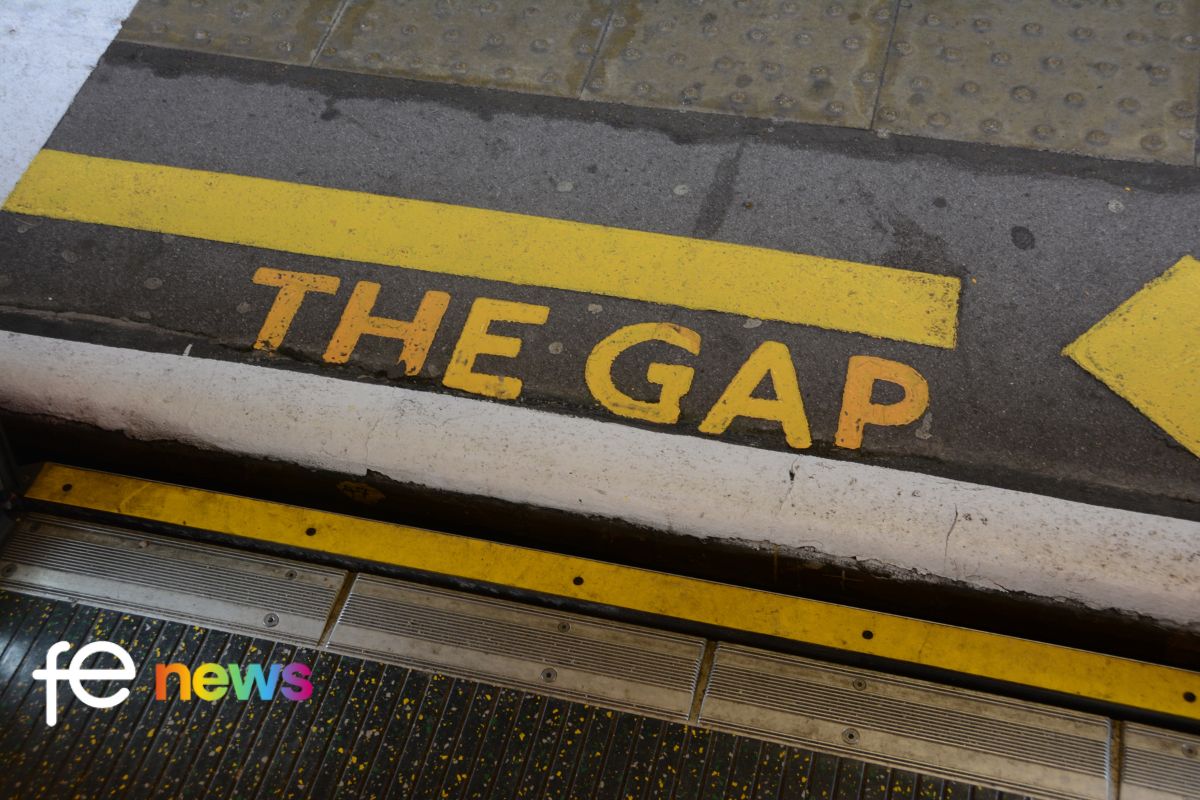Gender Gap In Apprenticeships

National statistics on apprenticeships and traineeships in England published by the Department for Education in January 2020 tell us that the number of men and women who started apprenticeships in 2018/19 was the same. Despite this commendable parity, unpicking the statistics reveals differentials in pay, sector representation and the progression apprentices make after they finish their apprenticeship.
Take-up: The fall in apprenticeship registrations was widely reported following the introduction of the levy in 2017 but the drop was disproportionate; 30.3% fewer starts for women but only 16.9% fewer for men. Although the 2018/19 figures show a re-balancing of the numbers, disparity remains in terms of the sectors into which males and females are recruited and this brings inequalities around pay, permanent employment and progression opportunities.
Sector representation: Female apprentices work in fewer sectors than their male counterparts. Research by the Young Womens’ Trust (YWT) “Making Apprenticeships Work for Young Women” in 2016 found that 25% of all female apprentices work in Health and Social Care and 14% in Business Administration. Only 6% of male apprentices work in Health and Social Care and 6% in Business Administration. Females mainly work across only five sectors whilst male apprentices mainly work across 11 sectors. Later research produced in 2018 by YWT reported that for every one female apprentice in construction there were 50 males, and in engineering one female for every 25 male apprentices.
Pay: The Department for Business, Energy and Industrial Strategy produces a biennial Apprenticeship Pay Survey which in January 2020 reported that the pay gap for level 2 and 3 apprentices is widening. In 2016 the gap was 3.6% but by 2018/19 it stood at 6%. Male apprentices were more likely than female apprentices to have worked overtime (64% compared with 57% respectively). At Levels 2 and 3 apprentices in receipt of non-compliant pay was more common among women (21%) compared with men (17%). Male apprentices were more likely to have received an increase in pay (64%) compared with female apprentices (42%).
The picture around pay is compounded by the fact that the sectors where female apprentices are most highly represented are often those that attract lower rates of pay, are arguably less valued and offer less stable employment prospects.
Progression and prospects: In recent years the ambitious reform of apprenticeships was predicated on the notion of apprenticeships as transformative; offering real prospects for economic and social mobility. Yet this too has demonstrable inequalities. Young men are more likely to be engaged as apprentices as new starters in their sector. In 2016/17, 51% of female apprentices starting apprenticeships were over 25 years old, whilst only 36% of males were over 25. Women are more often already employed by their employer at the commencement of their apprenticeship. This means that there is a much lower earnings payoff (the expected additional annual income achieved through completion of an apprenticeship). They are not at the start of their careers which is where opportunity for economic mobility is most impactful. (Union Learn, Tackling apprenticeship gender inequality, December 2018).
The issue of the sustainability of employment at the end of an apprenticeship is salient here. Young women are less likely to obtain a permanent position when they finish their apprenticeship. There is some good news; achievement rates for men and women are similar but there is a paucity of data to facilitate closer analysis of achievement and progression by sector.
There are calls from many of the organisations cited in this article to improve the collection of data. Others, for example, the National Society of Apprentices advocate increased funding for apprenticeship providers that undertake and meet equality impact agreements or gender action plans (2019 Manifesto). The National Apprenticeship Service has set up the Apprenticeships Diversity Champions Network.
The need to address equality and diversity more broadly is bringing the notion of inclusivity to the fore. Recruitment of apprentices needs to follow the same good practice that is standard in the recruitment of graduates, for example. Positive action must include building greater flexibilities into apprenticeships especially the provision of and promotion of part time apprenticeships. Equally, the inspectorate can bring pressure to bear by raising the visibility of high-quality careers advice and better reporting of destinations. It would also be good to see gender pay gap reporting include a separate category for apprentice pay.
In conclusion, those of us working in the apprenticeship sector can celebrate that the number of men and women starting apprenticeships is “equal”, but we must be vigilant that this apparent equality is not disguising a gender gap that adversely leaves women disadvantaged.
Join the discussion in the Promote-Ed Forums











Responses